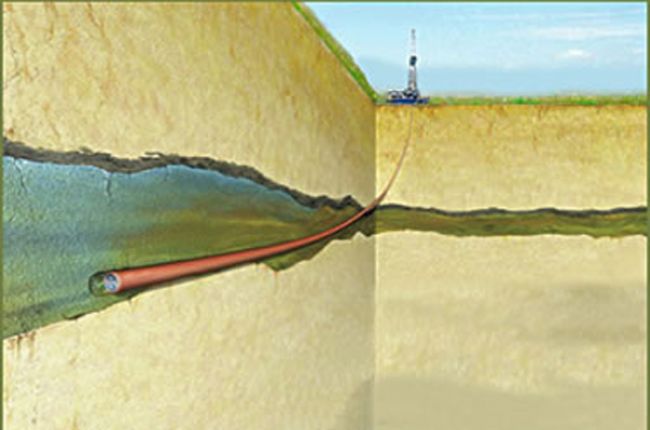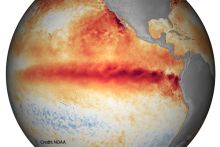
The U.S. Geological Survey (USGS) estimates that the United States has the geologic formations to store approximately 3,000 metric gigatons of carbon dioxide.1 For comparison, the United States produces around 5.3 gigatons of carbon dioxide per year.2 Humans worldwide currently produce around 34 metric gigatons of carbon dioxide per year.3
Read the full assessment here: USGS National Assessment of Geologic Carbon Dioxide Storage Resources (Summary and Full Report)
References (show)
References (hide)
1 How much carbon dioxide can the United States store via geologic sequestration?, accessed April 28 2017, https://www.usgs.gov/faqs/how-much-carbon-dioxide-can-united-states-store-geologic-sequestration?qt-news_science_products=7#qt-news_science_products
2 U.S. Energy-Related Carbon Dioxide Emissions, 2015, U.S. Energy Information Administration, www.eia.gov/environment/emissions/carbon/
3 International Energy Outlook 2016, 2016, U.S. Energy Information Administration, https://www.eia.gov/outlooks/archive/ieo13/emissions.php
Learn More:
- The Concept of Geologic Carbon Sequestration (Fact Sheet), U.S. Geological Survey
Provides an overview of geologic carbon sequestration, the storage of carbon dioxide in rock layers deep beneath the earth.
- Geologic CO2 Utilization (Website), U.S. Geological Survey
A portal to geologic carbon sequestration news, research, data, and other related resources from the USGS
- USGS LandCarbon (Website), U.S. Geological Survey
A portal to biologic carbon sequestration news, research, data, and other related resources from the USGS
- USGS Geologic CO2 Sequestration Interactive Viewer (Interactive Map), U.S. Geological Survey
Online tool to explore the geologic carbon storage possible in specific areas of the U.S.







